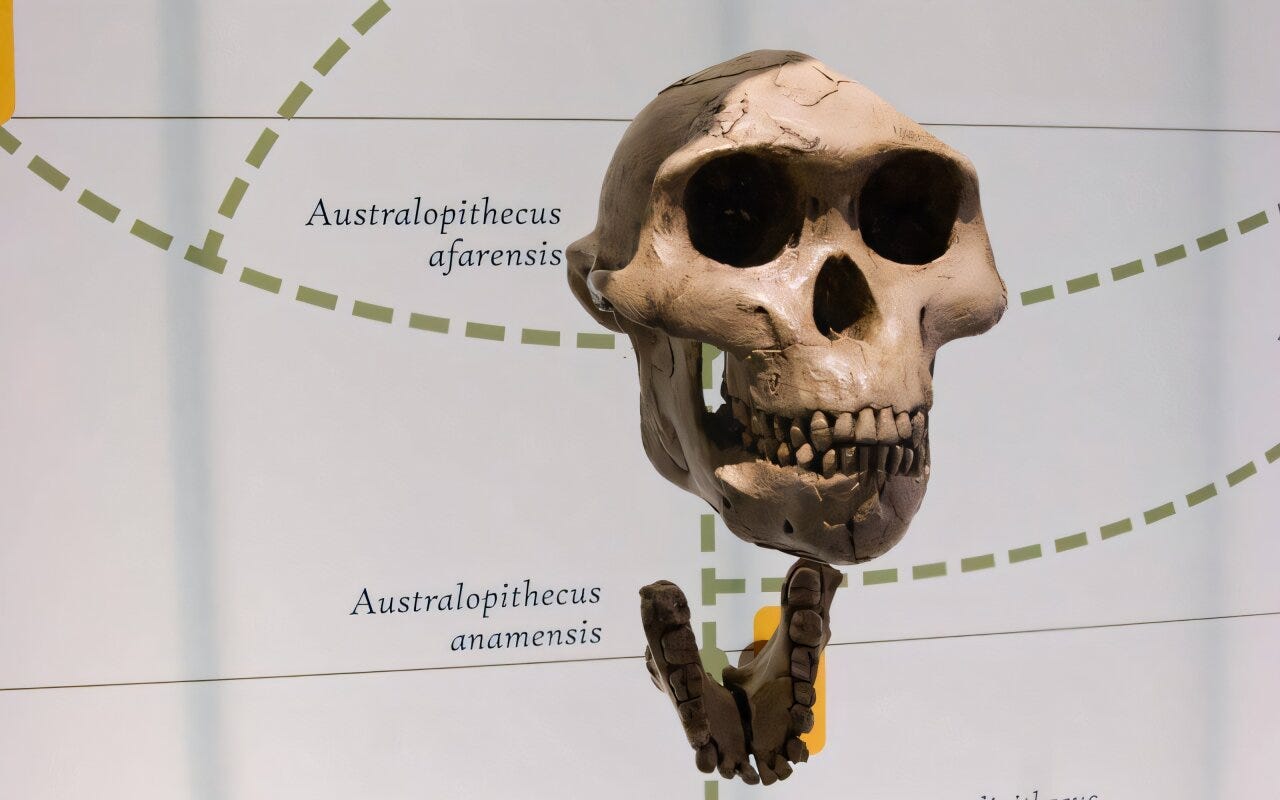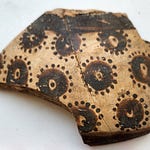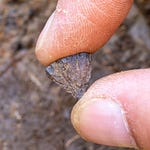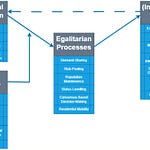Hominins in Unequal Proportions
When looking into the past, the size of a bone can speak volumes about the lives of long-dead ancestors. And when one sex towers over the other, it raises questions not just about biology, but about behavior, reproduction, and the struggles of early life.

A new study1 led by biological anthropologist Adam D. Gordon offers a fresh take on sexual size dimorphism—the physical size difference between males and females—among Australopithecus species. Using an innovative statistical approach that accounts for fragmentary fossil remains, Gordon reveals that Australopithecus afarensis and Australopithecus africanus displayed dramatic sex-based size differences—more extreme than anything seen in modern humans and even exceeding those in gorillas in some cases.
“In the case of A. afarensis, males were dramatically larger than females—possibly more so than in any living great ape,” said Gordon.
Listen to this episode with a 7-day free trial
Subscribe to Anthropology.net to listen to this post and get 7 days of free access to the full post archives.









